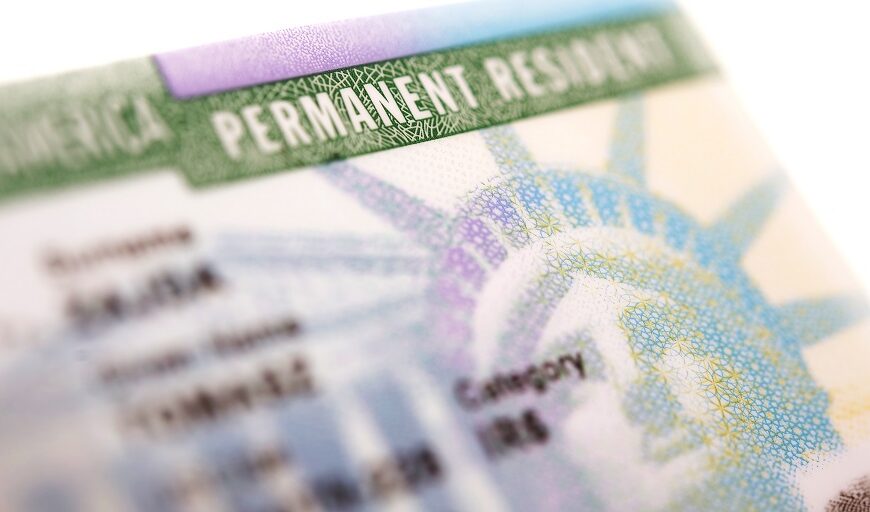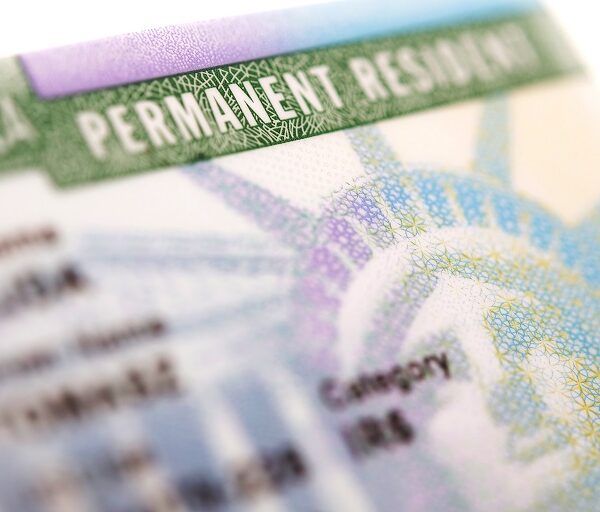Understanding Partner Visas in the Context of Polygamy and Polyamory
In recent years, the discussions surrounding partner visas have expanded to include diverse relationship structures, such as polygamy and polyamory. As society evolves, so do the legal definitions and frameworks governing immigration, especially concerning family reunification. This blog post seeks to explore the complexities of partner visas in Australia and how they relate to non-traditional relationship models.
What are Partner Visas?
Partner visas are designed to allow individuals who are in a genuine and ongoing relationship with an Australian citizen, permanent resident, or eligible New Zealand citizen to reside in Australia. These visas are primarily issued to spouses, de facto partners, and fiancés. The intention is to support family unity and enable partners to live together in Australia.
Types of Partner Visas
There are several types of partner visas available in Australia:
Each visa type has specific eligibility criteria, including the requirement to prove the legitimacy of the relationship.
Polygamy vs. Polyamory: Definitions and Differences
To understand the implications for partner visas, it is essential to define both polygamy and polyamory.
Polygamy
Polygamy refers to a marriage where one person has multiple spouses at the same time. This practice is often associated with specific cultural or religious traditions. In Australia, polygamy is illegal, and only monogamous relationships are recognized by law. As such, partner visas cannot be issued to individuals in a polygamous arrangement.
Polyamory
Polyamory, on the other hand, is the practice of engaging in multiple romantic relationships with the consent of all parties involved. Unlike polygamy, polyamory does not necessarily involve legal marriage, and the relationships can vary in intensity and commitment. While polyamorous relationships are more accepted in contemporary society, they still face challenges within the existing legal frameworks, including immigration law.
Legal Challenges for Polyamorous Relationships
While Australia recognizes monogamous relationships for partner visa purposes, polyamorous relationships often fall into a grey area. The legal criteria for partner visas typically require a single, primary relationship to be established. This poses several challenges for those in polyamorous arrangements:
Implications for Immigration Policy
As societal norms shift, there is a growing call for immigration policies to adapt to include diverse relationship structures. The Australian immigration system has traditionally focused on monogamous relationships. However, advocates are pushing for changes that would allow for greater recognition of polyamorous relationships in the context of partner visas.
Potential Changes to Policy
Some of the potential changes to immigration policy that could impact partner visas for polyamorous relationships might include:
Conclusion
Understanding partner visas in the context of polygamy and polyamory is crucial for individuals navigating the immigration system in Australia. While polygamy remains illegal and unrecognized, polyamorous relationships present unique challenges that require attention and adaptation from immigration authorities.
As societal norms evolve, it is vital for policymakers and immigration officials to consider the realities of diverse relationship structures. By doing so, they can create a more inclusive immigration framework that acknowledges and supports all forms of love and partnership.
In the meantime, individuals in polyamorous relationships must carefully navigate the existing legal structures, seeking professional advice to understand their options and rights within the immigration system.







